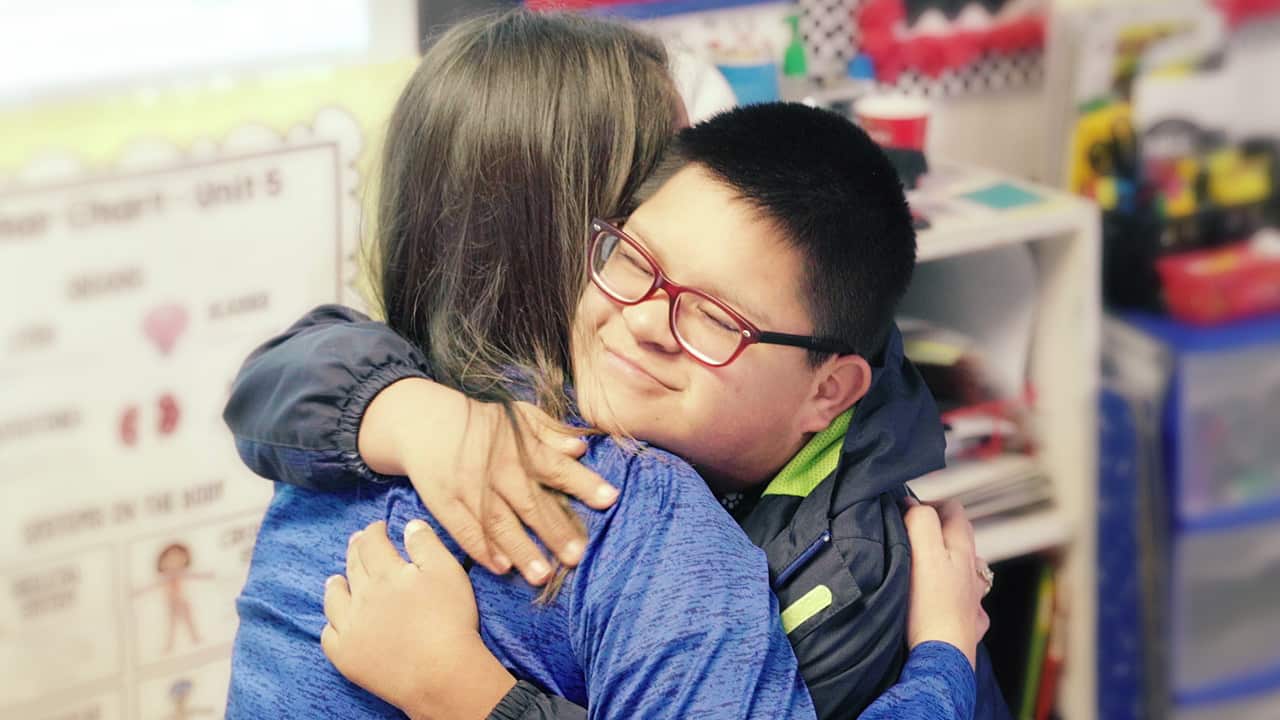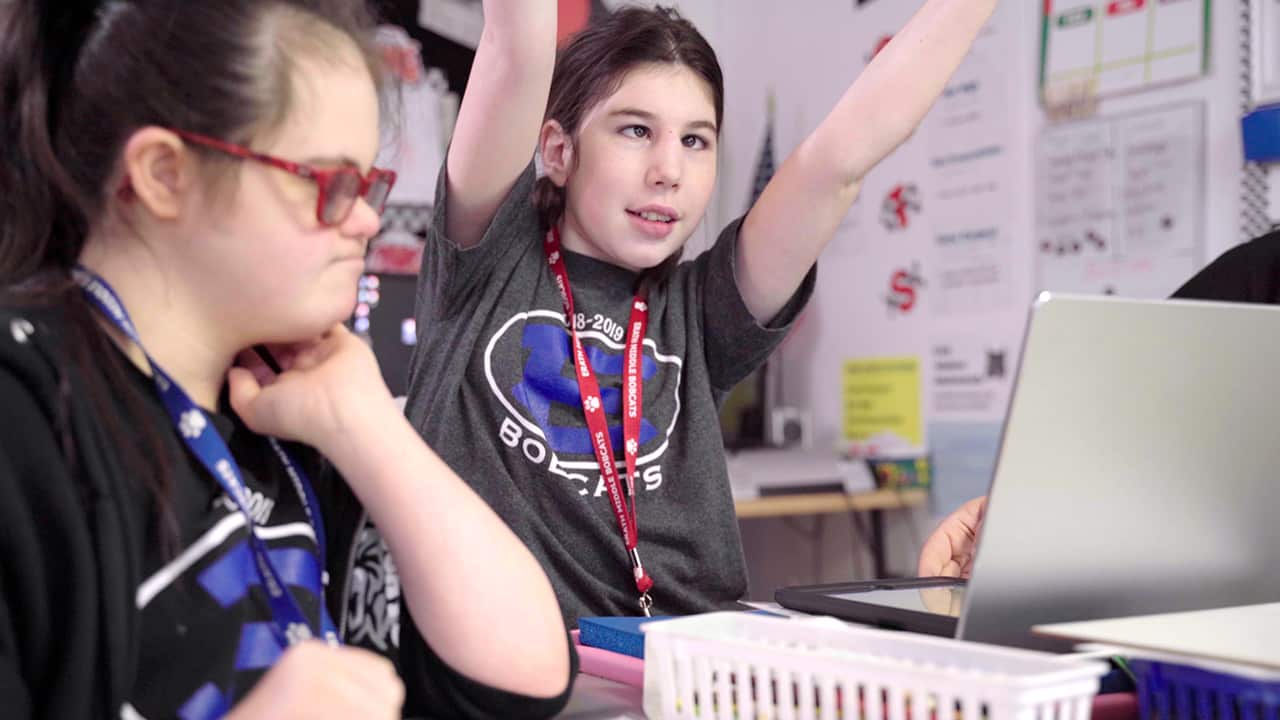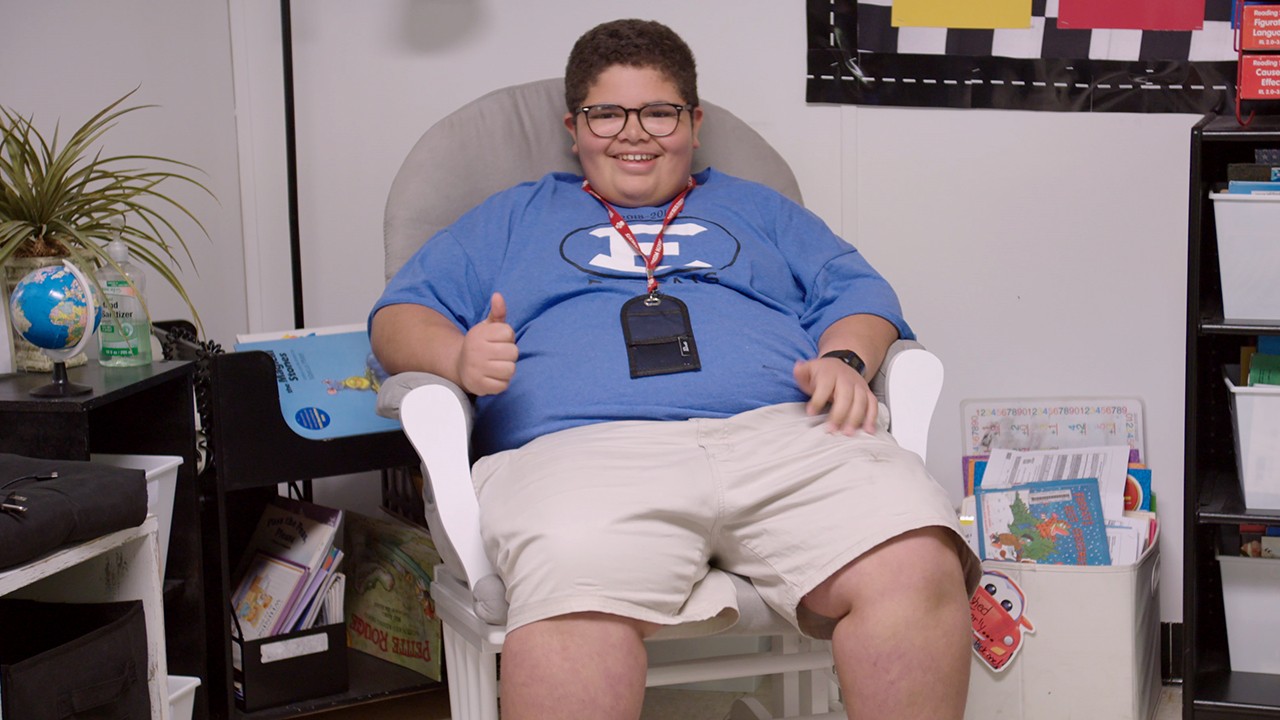- Create a consistent schedule for the classroom and then use a visual schedule individualized to meet the different needs of students
- Maintain consistent expectations before, during and after the transition
From preschool age all the way to high school, students thrive on using a daily schedule to navigate their school days. Throughout the blog, we will discuss how a schedule can become longer and more complex as a student grows. Here are some aspects of a schedule that should be considered at every level:
Length
Typically, the length of the schedule should be shorter for students who are just beginning to use a visual schedule and grow longer as they are able to manage their daily events more independently. Start a student out with only two or three items on their schedule and add more as they progress. When deciding how long a schedule should be, consider factors such as the student’s ability to retain information, how big the pictures or labels need to be and how complex those visuals are (object, picture, or written word).
Complexity
As students become more independent, their responsibilities for transitioning and being prepared get more complex. At the outset, independently moving from one area to the next is enough, but as they progress the expectations should begin to include carrying belongings when transitioning, stopping at a locker to put away some material and gather new material for the next class. It is critical to help students with these responsibilities as well by building supports into their schedule. Using visual aids or written reminders in the schedule is a great way to support independence. Using a digital schedule for students with personal devices could also include auditory and video reminders.
Setup
The way a schedule looks and the mechanism that makes it work are important as well. Some students may need to physically manipulate a schedule to show that one activity is completed and it is time for the next activity, while other students may use a simple checklist. As students progress, the schedule can also be integrated into their class materials. A binder schedule that includes folders or tabs for classwork is a great way to support students with disabilities while also maintaining an age-appropriate look as they transition at school.
Consistency
Consistency in teaching is a hallmark of a great educator. When students know what to expect and what is expected of them, it makes learning that much easier. To give students more support during transitions, make sure that each transition comes with the same expectations and support before, during and after.
Before
Be consistent on giving a timetable for when a transition will begin. Using a visual timer or writing on the board will let students know they need to start preparing to move to the next subject. The time to mentally prepare is critical for students who struggle with executive functioning skills. As an added bonus this gives the teacher time to check in with students to gauge their understanding of the content as well as see if a student needs additional support.
During
If students are transitioning in the classroom, provide them with visual support of what they are expected to do and where they are expected to be. Sometimes a simple workflow or decision tree on a projected screen is all students need. Another way to visually reinforce desired behaviors is through video modeling. If students are transitioning to other areas of the school, be there to provide support. Keep consistent rules for behavior in the hallway and try providing a visual reminder for students who may need more help following the rules. Having fun and engaging things for students to do at their destination is a natural way to encourage students to transition independently.
After
Always provide positive reinforcement or feedback when students transition appropriately and independently. Then make sure to start the next subject or class the same way each day. Provide a checklist so that students can see if they have all the needed supplies before class begins. Give a schedule of events for class so the students know what is coming up and can be ready.
One of the most difficult parts of a transition is that it disrupts the flow of learning in the classroom. That being said, transitions are a natural part of a student’s everyday learning—and an important life skill. Teachers and students alike often need time to regroup before settling in to learn again. Providing visual support in the form of schedules, checklists or task trees can make those transitions much easier. Being consistent in how students are moving around the classroom or hallways gives the students repeated practice to help them generalize the skill. Just as reviewing vocabulary or math facts over and over again can lead to learning, reviewing and practicing transitions in the classroom and hallways can lead to smooth transitions, better preparedness for learning and more appropriate behavior.



